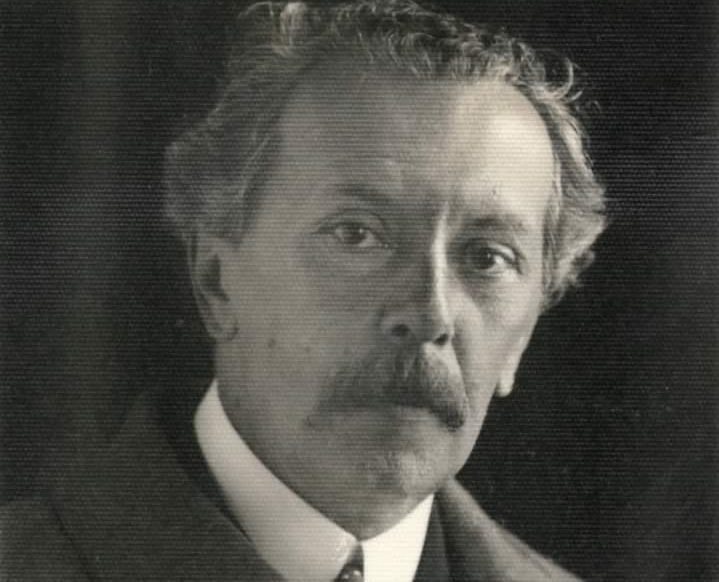
Grants from tenders are awarded to university students, skilled workers, and volunteers to help renovate the castle.Continue reading
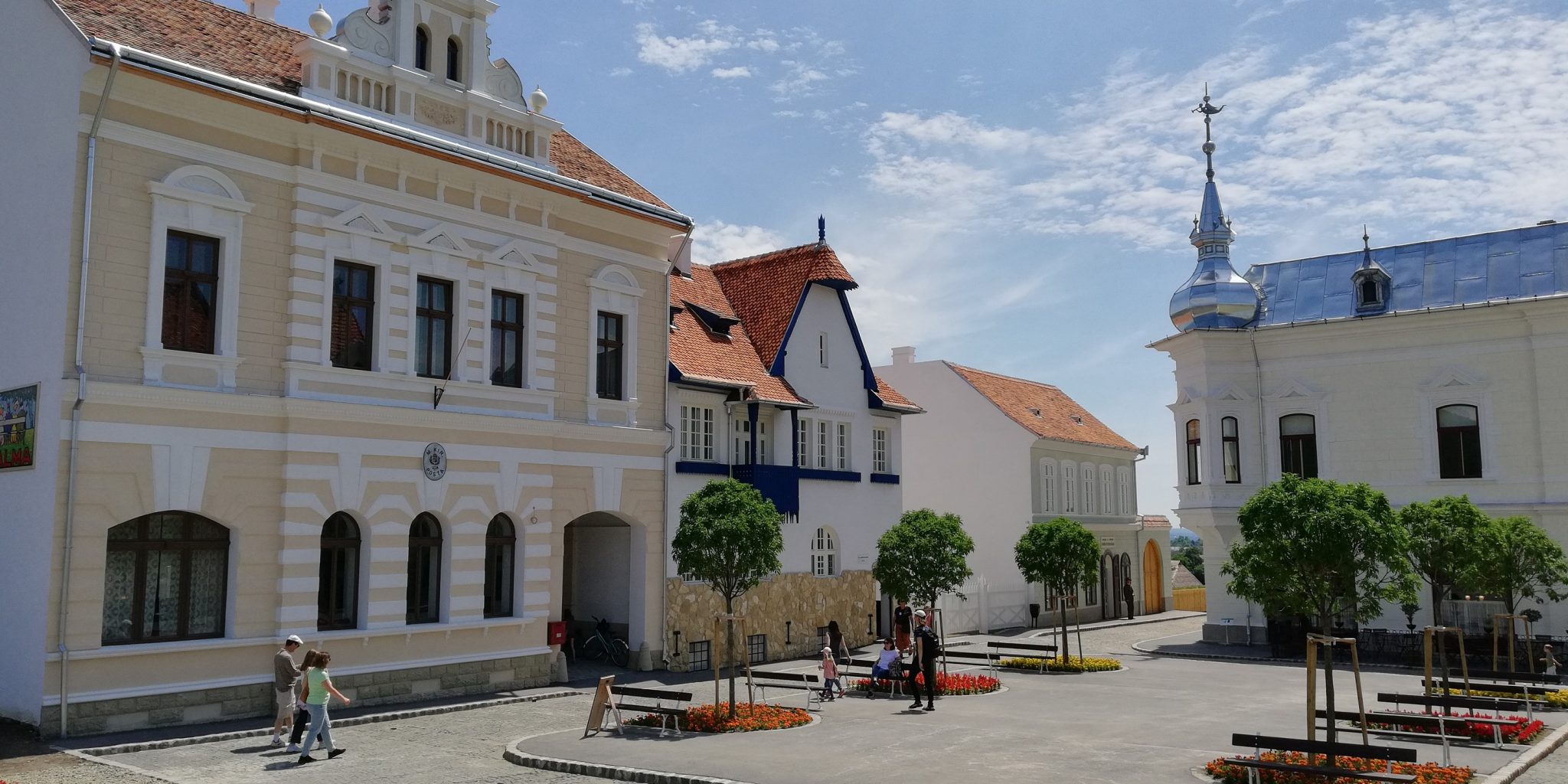
Culture and gastronomy of the small, but for the Hungarian history, important ethnic group is comprehensively presented. Under the title Armenians in Transylvania, the part of the Open Air Museum of Szentendre that presents Transylvania (Region in contemporary Romania), will be dedicated to the culture and gastronomy of the Armenians on August 12.
The event beginning at 1 p.m. will, among others, see a performance by the Kortárs & Ballet dance group, and a gastronomic demonstration in the main square of the Transylvanian building complex, where visitors will be able to see how the traditional Armenian dish, Angadjabur soup, is prepared.
Afterwards, the NUR band will perform Armenian songs; Mária Várady, the director of ANI – Armenian Theater Buda, will give a lecture on Armenian literature entitled Far from Ararat. The dancers of the Armenian Theater Urartu will present a traditional costume show, the band Nevetek will play Balkan melodies from 6:00 p.m., followed by a dance house with the band Bekecs.
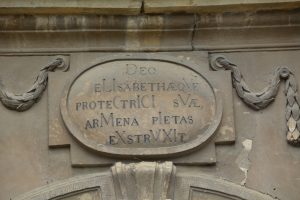
“Erected to God and to Elizabeth, protector of Armenian Piety”. Elizabeth Town Armenian Catholic Church (Erzsébetváros, Dumbrăveni), Transylvania. Photo: Zsolt Lakatos Facebook.
Well-known Hungarian personalities of Transylvanian-Armenian origin: Vilmos Lázár (1817-1849) and Ernő Kiss (1799-1849), both generals and martyrs of Arad, Pongrác Kacsóh (1873-1923), composer, Gergely Csiky (1842- 1891), playwright, Gergely Pongrátz (1932-2005), hero of the 1956 revolution.
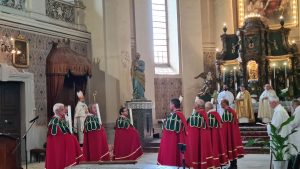
Armenian Catholic High Mass in the cathedral of Armenian Town (Hungarian: Szamosújvár, Roman: Gherla) in Transylvania. In front: the so-called “Guardians of the Armenian Church”. Photo: Kulcsár László Facebook
The origins and urban traditions of Transylvanian Armenians are presented in the special exhibition The 1001 Fibers and Forms of Armenian Culture and through thematic walks through the Transylvanian part of the open-air museum. Visitors will be accompanied by Tamás Szegedy-Kloska, curator, and Dávid Fabók, editor of the Transylvanian Armenian Cultural Center.
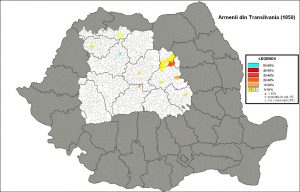
Armenians in Transylvania around 1850. photo: Castelul Apafi, Facebook.
On this day, visitors can also learn about famous Hungarians of Armenian descent and Hungarian words of Armenian origin. Craft activities include the making of a red-robed doll in Armenian costume, an Armenian noble coat of arms and plate jewelry. Café Korzó offers typical Armenian dishes.

The oldest manuscript of the Armenian Catholic parish in Niklasmarkt (Gyergyószentmiklós, Gheorgheni), Transylvania. Photo: Armenian Art Festival Facebook.
Via MTI, Ungarn Heute; Featured Photo: Nők Szentendréért Facebook